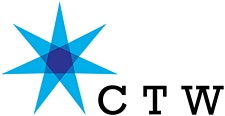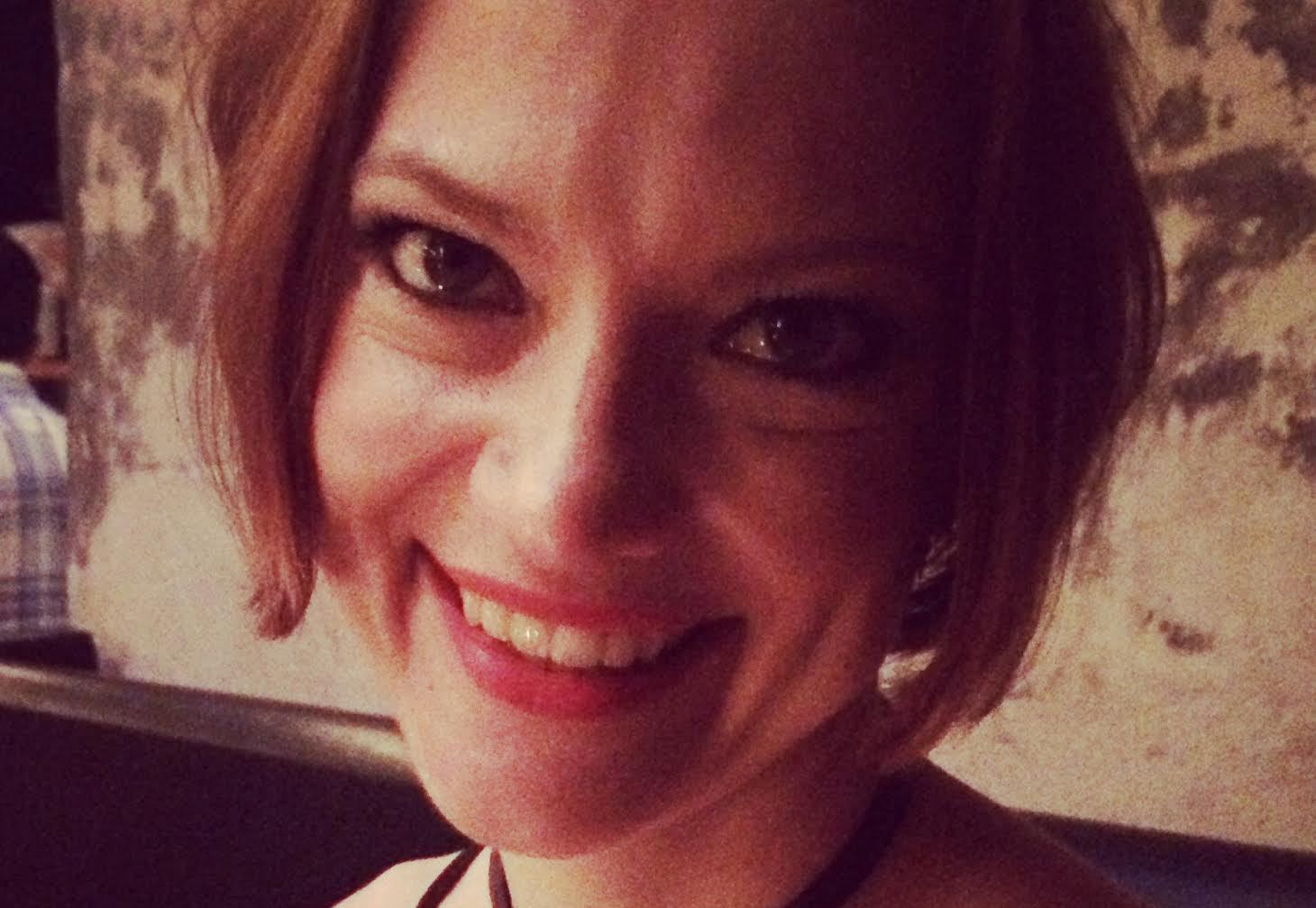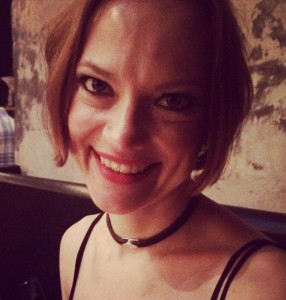By Gary Shapiro
Gary Shapiro is a writer in New York.
Jasmin Jodry is a New York based Creative Director and Artist.
She designs and produces digital content and immersive experiences that tell compelling stories and build engaging worlds.
Her commercial work spans a wide range of industries from advertising, branding, film, music and entertainment. She has a profound understanding of design, film and vfx production as well as interactive and experiential business. Her prominent clients include: Land Rover, Jaguar, Samsung, Sony, Red Hot Chilli Peppers, U2 and Michael Jackson.
Her artistic work bridges the digital and the physical, uniting technology, filmmaking, design, programming, dance and music. Through installation and performance art, she crafts interactive experiences that embody themes of identity, transformation, illusion and synesthesia.
Jasmin has been nominated for an Emmy Award for ‘Normal’, won prizes at film festivals such as ‘Portobello Film Festival’ and been selected to be part of competitions worldwide, such as Clermont Ferrand Film Festival, Toronto Film Festival, Brooklyn Film Festival and Art Director’s Club. Her work has been featured in ArtForum, Creative Review, RES, Idea and Promo News. She has lectured widely in LA, New York, London and Berlin.
Jasmin holds an MA in Communication & Design from London’s Royal College of Art and a BA in Graphic Design from the Art Center College of Design in Los Angeles. She is currently a member of a new museum-led incubator NEW INC in New York and has a studio at Dark Matter Manufacturing.
GS: I’d like to start at the beginning. Your first project out of college was designing the Spider-Man logo and title sequence. Can you tell us how you got this assignment and how you decided what to do?
JJ: While studying for my BA at Art Center College of Design, it was my dream to work for Kyle Cooper, a world-renowned designer for title sequences. This dream came true when he hired me at Imaginary Forces right after I graduated. My first project was to develop a logo and title sequence for Spider Man. Working with a team of designers, we decided the title sequence should be a thrilling journey through a metallic spider web. My style frames were chosen to influence the look for the web, which was then built in 3D and lit by compositors. I also contributed the initial logotype for the trailer.
GS: You’ve also worked with large brands such as Jaguar, Samsung, and Sony. What is it like to work with large agencies and brands while still retaining your identity as an artist? As you have progressed in your career, have you found it easier to have your initial vision accepted, or has this never been a problem.
JJ: Getting an interesting commercial brief and solving it successfully is thrilling. Of course, the priority is to solve the client’s problem but my artistic voice as an author will be embedded in the project. To me there is no such thing as objective journalism but it is good professional etiquette to know when and how much artistic voice is appropriate to inject into a commercial project.
Clients need to sell their product and increase the value of their brand. Beyond this marketing need, some clients welcome the artist’s vision or even ask for it. This is particularly the case in the current trends of fruitful brand-artist collaborations with matching chemistry.
Over the years, I have found that the process of walking a client safely into unknown territory and pushing them within their boundaries is a rewarding experience and often leads to long-lasting relationships with clients. As I have built up credibility as a creative, I find that clients appreciate my curatorial vision and are more willing to take risks as a certain level of quality is guaranteed.
GS: Design, motion graphics, 3D animation, visual effects, real-time interacted, projection mapping and digital set design are among your areas of expertise. What are the skill sets necessary for people who want to make it in your field?
JJ: All these areas are just different formats of execution that evolve with time. The thing that really matters is storytelling – whether in an artistic or commercial context. In terms of skillset, I would say a deep curiosity and courage for new technology combined with excellent design skills is paramount. Communication skills are also key to bridge cross-disciplinary projects and successfully guide a client through innovative and sometimes more risky projects.
GS: Can you talk about the Land Rover project?
JJ: One of my favorite projects so far was the Projection Mapping for Land Rover.
Land Rover wanted to create a spectacular experience for VIP customers when collecting their new Range Rover L405 from the factory site.
We created a 3D augmented projection mapping that tells the story of the car as it is pieced together stage by stage: from the monocoque structure to the final painted vehicle. The experience is made all the more dramatic and impressive as the Range Rover is on a turntable that rotates several complete revolutions before coming to rest and being revealed. In the end, the customer gets keys and drives that very same vehicle home.
I feel that we truly innovated on this project in the following ways:
Firstly, from a technical perspective, projection mapping on a moving object had not been done before. Then from a brand perspective, luxurious marketing experiences are more than just the product alone. Their target audience has a higher set of expectations that require engaging storytelling so that customers are willing to share them on social media, which increases brand exposure. Also, from communication perspective, we collaborated with the client successfully to develop
groundbreaking work while solving their project brief. Finally, from an aesthetic perspective, we introduced high-end visual effects and design into the experiential context, pushing the boundary of this art form further.
GS: What makes New York a great place for Creative Tech?
JJ: New York is a driving force for Art & Tech organizations. The city features three essential things: a thriving art scene with a strong interest to experiment with creative tech work, networks to support it and commercial demand and budgets that drive art/tech productions to a bigger scale and visibility.
In New York, creative tech work is promoted and accelerated through incubators (Newinc, Eyebeam, Newlab), art communities (LISA, Darkmatter, Pioneer Works) and experiential agencies and production companies (Meta, Missing Pieces, First Avenue Machine).
GS: Can you say what makes Creative Tech projects successful?
JJ: The creative tech space is much about collaborative spirit. It’s a complex area that’s constantly evolving and I believe the successful projects are those that utilize different skillsets and explore new ways of production. From my perspective as a Creative Director, it’s really about bringing the right people and skillsets together for each specific project so that collaborative magic can unfold. This is especially important in the creative tech world as more cross-disciplines are utilized.
GS: What are some of the challenges that creative technologists will grapple with in the future?
JJ: New technology is seductive, so it’s easy for a creative mind to be drawn into using the latest devices. The challenge here is to keep in mind what idea we are trying to convey and not let technology become a replacement for good storytelling. How do we keep a symbiotic balance between format and story?
Another challenge is keeping on top of new technologies and how they can be incorporated into creative work. One either needs to learn these technologies or continuously build an active network of collaborators proficient in each discipline. New formats require solving problems on one’s own as there might not be a support system for that technology yet. This needs an entrepreneurial and independent spirit to explore new formats despite the risk of failure.
It’s also important to promote the latest art and tech developments in order to convince clients and agencies to experiment and share the risk by exploring these technologies even further. Clients and agencies have the budgets to execute art/tech projects on a bigger scale and direct grander visibility to that sector. It’s up to creative technologists to gain their trust so clients and agencies also develop the courage to innovate and share the risk. This implies clients don’t just expect final products without R&D learning curves. How can creative technologists encourage agencies to share more risk for innovation?
The audience presents another challenge. Creative technologists need to gain awareness about the audience as the technology is changing. How can we make art/tech projects more accessible and enjoyable for a wider audience? How do we deal with an audience who is not tech proficient? How can we inspire them to experience new forms of art and technology and overcome initial hesitations or fears towards new formats?


